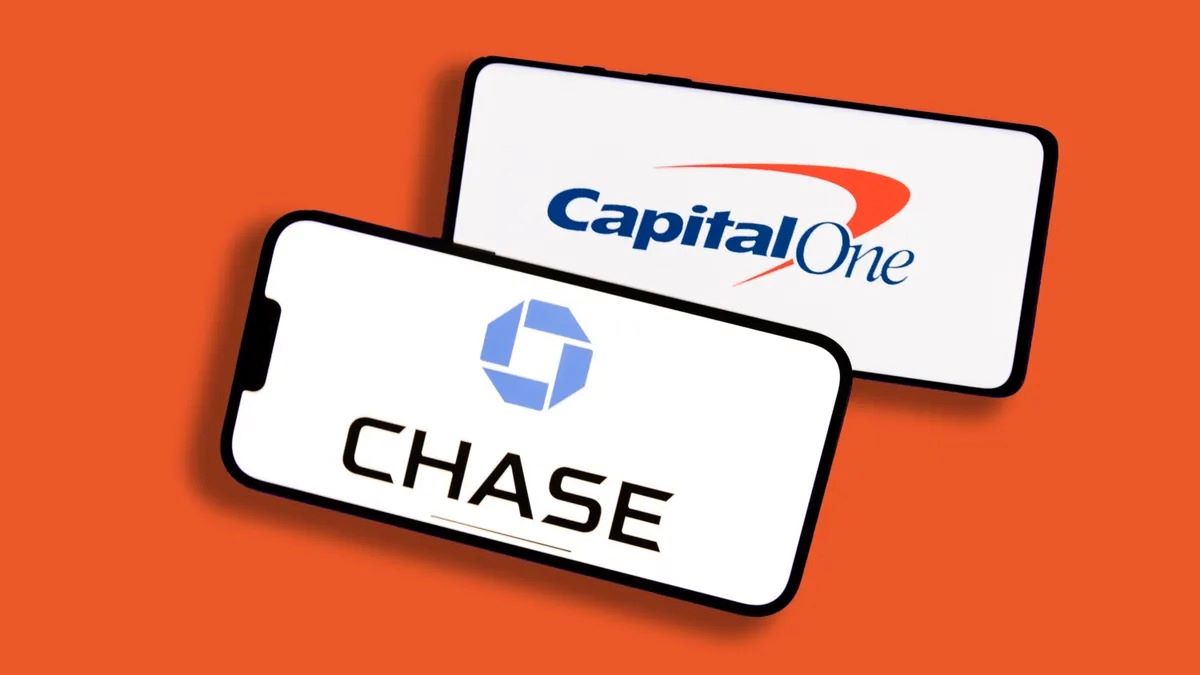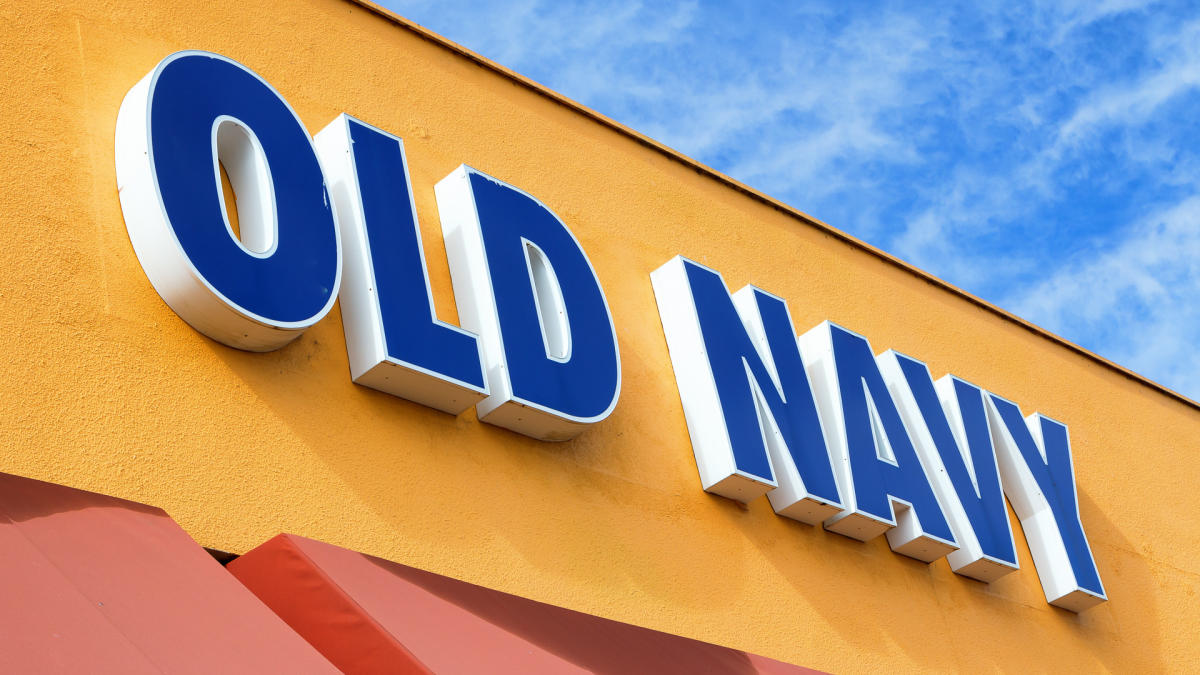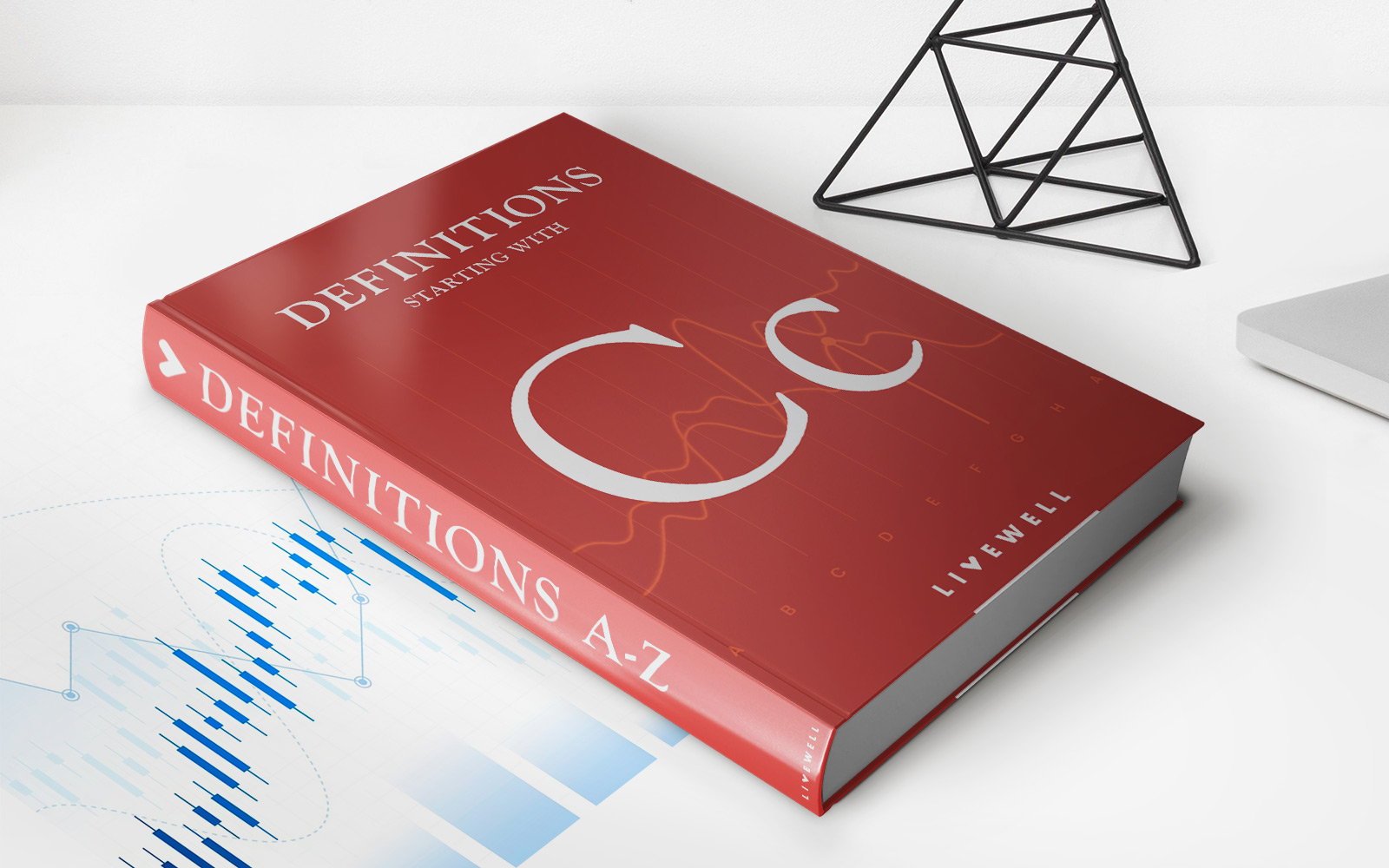

Finance
Why Is My Minimum Payment Higher With Chase
Published: February 25, 2024
Learn why your minimum payment may be higher with Chase and how it impacts your finances. Get insights and tips to manage your payments effectively.
(Many of the links in this article redirect to a specific reviewed product. Your purchase of these products through affiliate links helps to generate commission for LiveWell, at no extra cost. Learn more)
Table of Contents
Introduction
Welcome to the world of credit cards and the often mystifying realm of minimum payments. If you’ve ever opened your credit card statement and wondered why your minimum payment has increased, you’re not alone. In this article, we’ll delve into the factors that can cause your minimum payment to rise, specifically focusing on Chase credit cards.
Understanding minimum payments is crucial for responsible credit card management. It’s not just about meeting the minimum requirement; it’s about comprehending the underlying reasons for fluctuations in this amount. By gaining insight into the elements that influence your minimum payment, you can make informed decisions about your finances and avoid potential pitfalls.
So, why is your minimum payment higher with Chase? Let’s unravel this mystery by examining the key factors that contribute to changes in minimum payments on Chase credit cards. From shifts in interest rates to alterations in account balances and terms and conditions, we’ll explore the nuances that impact the minimum amount due on your monthly statement.
Understanding Minimum Payments
Minimum payments represent the lowest amount you must pay each month on your credit card balance to remain in good standing with the issuer. While it might seem like a routine aspect of credit card ownership, understanding the significance of minimum payments is crucial for maintaining financial health.
When you make only the minimum payment, the remaining balance accrues interest, potentially leading to long-term debt and increased interest costs. It’s essential to grasp that minimum payments are designed to cover interest charges, fees, and a fraction of the principal balance. By comprehending this fundamental concept, you can make informed decisions about managing your credit card debt and avoiding the pitfalls of revolving balances.
For Chase credit card holders, understanding the minimum payment requirement is especially important. Chase, like many other issuers, calculates minimum payments based on various factors, including the outstanding balance, interest rates, and any fees incurred during the billing cycle. By gaining a clear understanding of how these elements interplay, you can navigate your credit card obligations more effectively.
As we delve deeper into the factors affecting minimum payments, it’s crucial to remember that paying only the minimum amount due can prolong the time needed to clear your balance and result in higher interest costs. Therefore, it’s advisable to strive for more than the minimum payment whenever possible, aiming to reduce the principal balance and minimize interest accrual.
Factors Affecting Minimum Payments
Several key factors can contribute to changes in minimum payments on Chase credit cards. Understanding these elements is essential for cardholders to anticipate and manage fluctuations in their monthly payment obligations. Let’s explore the primary factors that can influence the minimum amount due on your Chase credit card statement.
- Changes in Interest Rates: One of the most significant factors impacting minimum payments is changes in interest rates. If the interest rate on your Chase credit card increases, your minimum payment is likely to follow suit. Higher interest rates lead to increased interest charges, necessitating a higher minimum payment to cover the accrued interest and a portion of the principal balance.
- Changes in Account Balance: Fluctuations in your account balance can also affect your minimum payment. If you’ve made substantial purchases or incurred additional fees during the billing cycle, your minimum payment is likely to rise. Conversely, reducing your outstanding balance can lead to a lower minimum payment in subsequent statements.
- Changes in Terms and Conditions: Alterations in the terms and conditions of your Chase credit card, such as modifications to the minimum payment calculation method or fee structure, can impact the minimum amount due. It’s essential to stay informed about any updates to your card’s terms and conditions to understand how these changes may affect your minimum payment.
By being aware of these factors, Chase credit cardholders can gain insight into the dynamics shaping their minimum payments. It’s important to monitor changes in interest rates, account balances, and card terms to anticipate fluctuations in minimum payments and adjust your financial planning accordingly.
Changes in Interest Rates
Interest rates play a pivotal role in determining the minimum payment on your Chase credit card. When the interest rate on your card increases, it directly impacts the amount of interest accrued on your outstanding balance. Consequently, a higher interest rate leads to increased interest charges, necessitating a higher minimum payment to cover the accrued interest and contribute to reducing the principal balance.
Chase, like other credit card issuers, recalculates minimum payments based on the prevailing interest rate and the outstanding balance. If your Chase credit card’s interest rate rises, the minimum payment is adjusted to accommodate the augmented interest charges. This adjustment aims to ensure that a portion of the principal balance is repaid along with the accrued interest, aligning with responsible lending practices and helping cardholders make progress toward reducing their debt.
It’s important for Chase credit cardholders to stay informed about changes in interest rates, as these adjustments can directly impact their minimum payment obligations. By monitoring interest rate fluctuations and understanding how they influence minimum payments, cardholders can make informed decisions about managing their credit card debt and budgeting for varying payment amounts.
Given the potential impact of interest rate changes on minimum payments, it’s advisable for Chase credit cardholders to consider the long-term implications of interest rate adjustments. While a higher interest rate results in an increased minimum payment, it also leads to greater interest costs over time. Therefore, proactive debt management strategies, such as paying more than the minimum amount due and seeking opportunities to lower interest rates, can help mitigate the impact of interest rate changes on minimum payments and overall debt repayment.
Changes in Account Balance
Fluctuations in your account balance can significantly impact the minimum payment on your Chase credit card. When your account balance increases due to new purchases, cash advances, or fees incurred during the billing cycle, your minimum payment is likely to rise. This adjustment aims to ensure that a portion of the new balance is repaid, along with any accrued interest, to facilitate progress toward reducing the outstanding debt.
Conversely, reducing your account balance through payments or credits can lead to a lower minimum payment in subsequent statements. As your outstanding balance decreases, the minimum payment is recalculated to reflect the reduced amount owed, aligning with responsible debt repayment practices and providing cardholders with a clearer path to debt reduction.
Chase credit cardholders should be mindful of the impact of account balance changes on their minimum payments. By understanding how new transactions and fees affect the minimum payment calculation, cardholders can anticipate fluctuations in their monthly payment obligations and adjust their financial planning accordingly.
It’s important to note that while increases in the account balance lead to higher minimum payments, they also contribute to greater interest costs over time. Therefore, prudent financial management, such as monitoring spending, making timely payments, and striving to reduce the outstanding balance, can help mitigate the impact of account balance changes on minimum payments and overall debt repayment.
Changes in Terms and Conditions
Alterations in the terms and conditions of your Chase credit card can have a direct impact on the minimum payment required each month. These changes may include modifications to the minimum payment calculation method, adjustments to fee structures, or updates to other terms governing the cardholder agreement. Staying informed about these revisions is crucial for understanding how changes in terms and conditions can influence your minimum payment.
When Chase updates the terms and conditions of a credit card, it can lead to adjustments in the minimum payment calculation. For example, a change in the method used to determine the minimum payment may result in an increase or decrease in the required monthly amount. Similarly, modifications to fee structures, such as late payment fees or annual fees, can impact the components included in the minimum payment calculation.
By remaining vigilant about changes in the terms and conditions of your Chase credit card, you can gain insight into how these adjustments may affect your minimum payment. This awareness enables cardholders to adapt their financial planning and budgeting to accommodate potential fluctuations in their monthly payment obligations.
It’s important to note that changes in terms and conditions can also influence other aspects of credit card ownership, such as fee structures, interest rates, and rewards programs. Therefore, staying informed about these updates is essential for making informed decisions about credit card usage and debt management.
Chase credit cardholders should proactively review any communications regarding changes in terms and conditions, as well as regularly monitor their card agreements for updates. By staying informed and understanding how modifications to the card’s terms and conditions impact the minimum payment, cardholders can navigate their credit card obligations with greater clarity and foresight.
Conclusion
Understanding the factors that can cause your minimum payment to increase on your Chase credit card is essential for responsible financial management. By delving into the dynamics of minimum payments and the elements that influence them, cardholders can make informed decisions about their credit card debt and proactively manage their financial obligations.
Fluctuations in minimum payments can stem from changes in interest rates, account balances, and terms and conditions. When the interest rate on your Chase credit card rises, your minimum payment is likely to increase to accommodate the augmented interest charges. Similarly, increases in your account balance due to new transactions or fees can lead to a higher minimum payment, while reducing the outstanding balance can result in a lower minimum payment in subsequent statements. Additionally, modifications to the terms and conditions of your Chase credit card can directly impact the minimum payment calculation, necessitating vigilance and adaptability on the part of cardholders.
As a Chase credit cardholder, it’s crucial to stay informed about changes in interest rates, monitor account balances, and proactively review updates to the card’s terms and conditions. By doing so, you can anticipate fluctuations in your minimum payment and adjust your financial planning accordingly. Moreover, striving to pay more than the minimum amount due, monitoring spending, and seeking opportunities to lower interest rates can contribute to responsible debt management and mitigate the impact of minimum payment changes on your overall financial well-being.
In essence, the ability to comprehend and navigate the factors influencing minimum payments empowers Chase credit cardholders to make informed decisions about their financial health, effectively manage their credit card debt, and work toward achieving greater financial stability.














